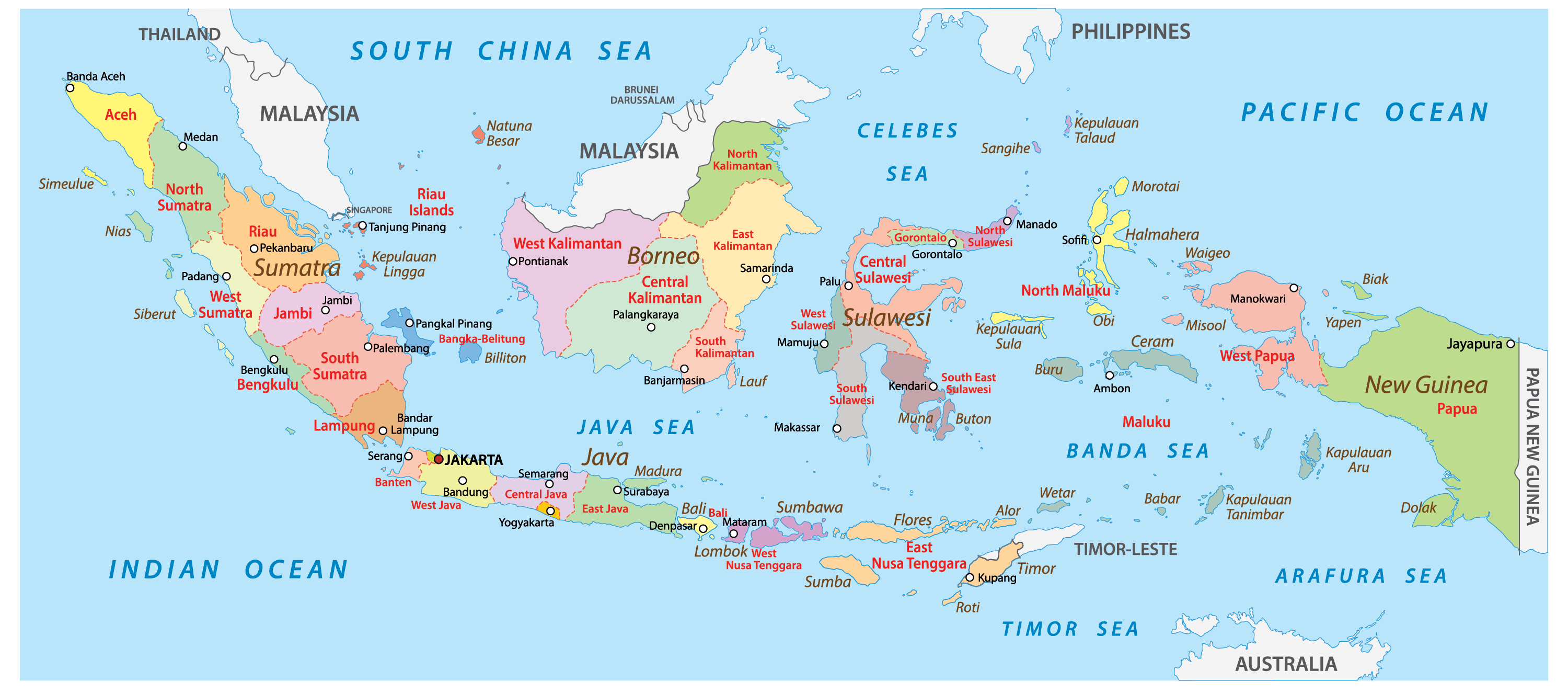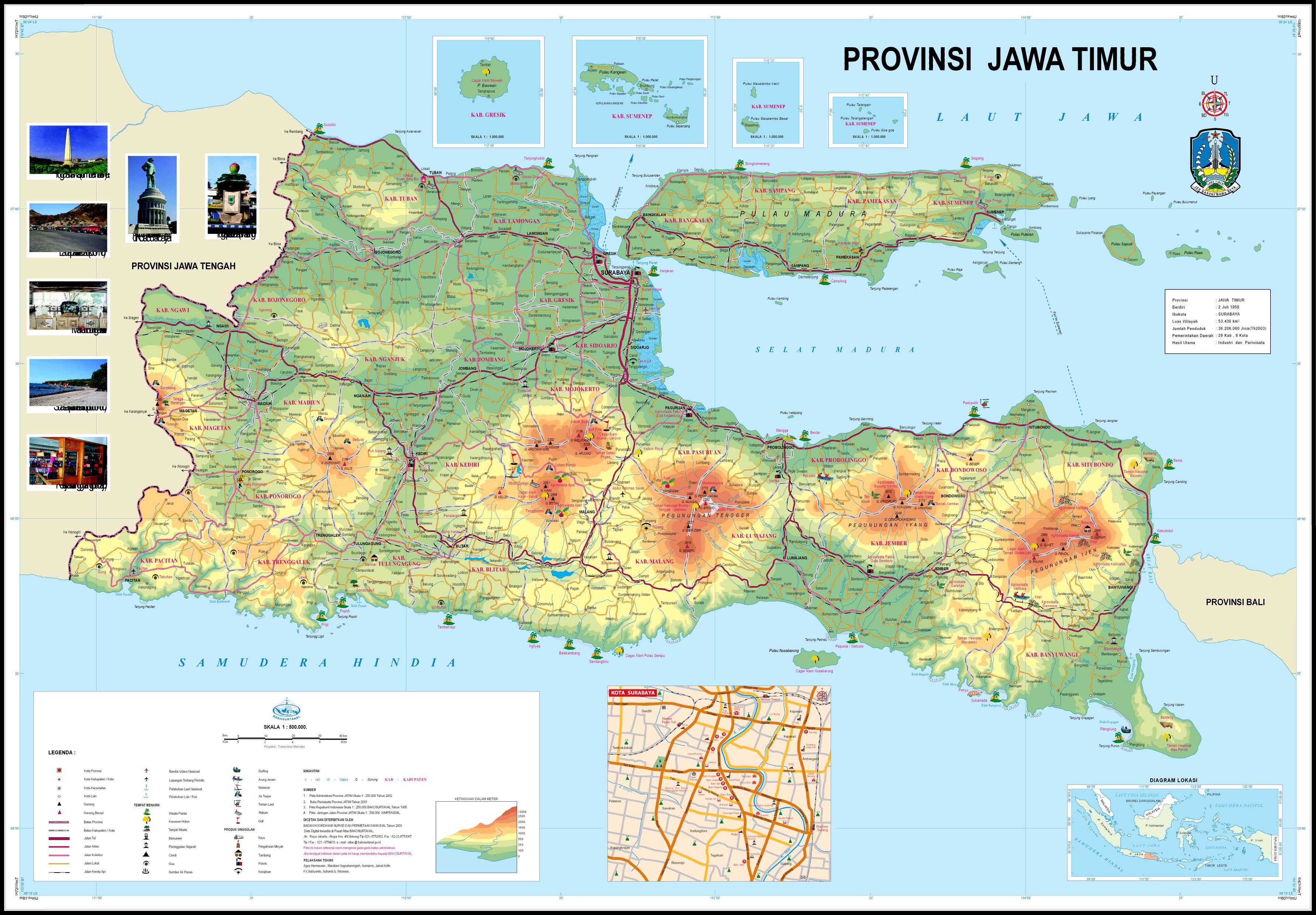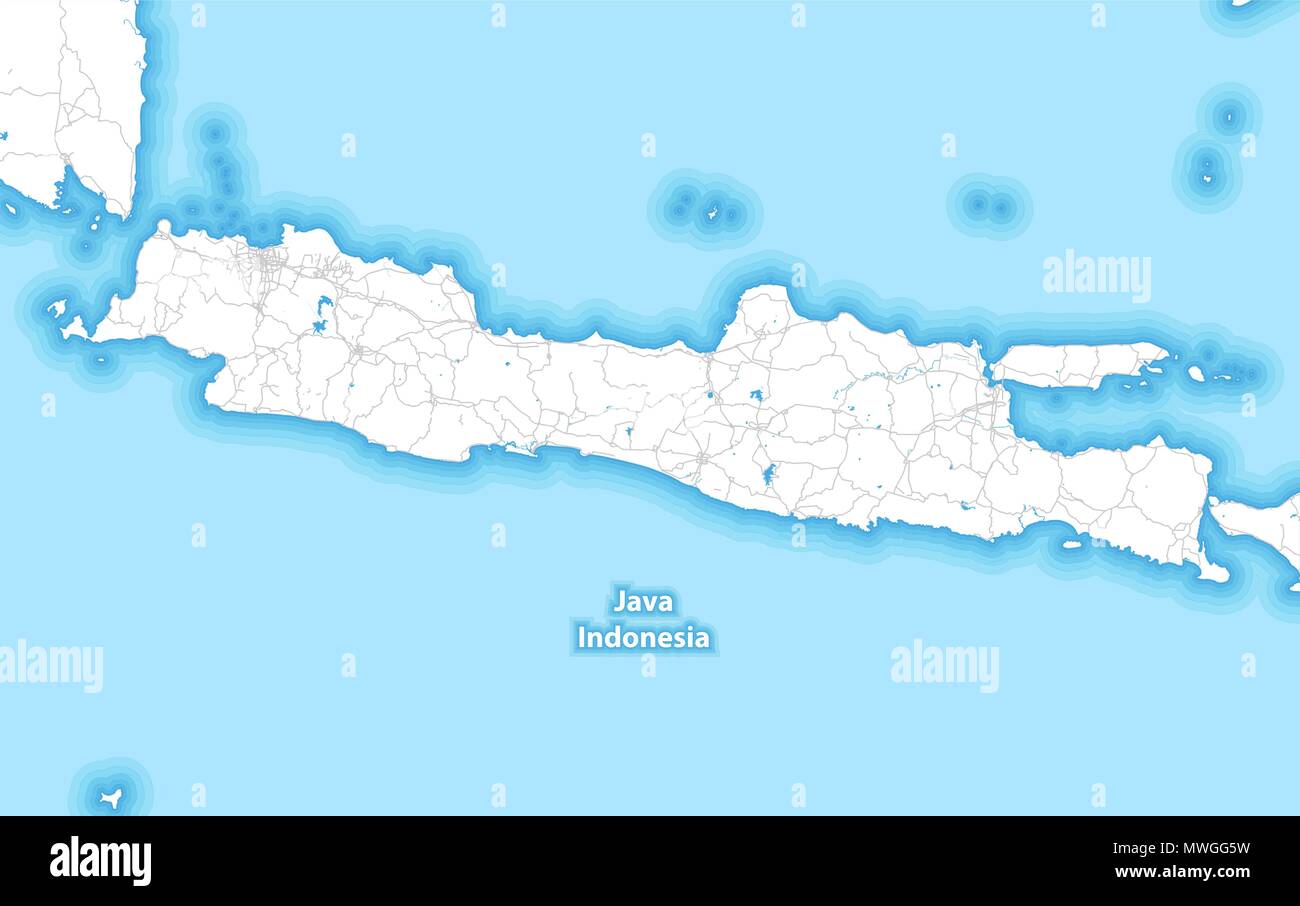Map In Java. One object is used as a key (index) to another object (value). The Java platform contains three general-purpose Map implementations: HashMap, TreeMap, and LinkedHashMap. The hierarchy of Java Map is given below: A Map doesn't allow duplicate keys, but you can have duplicate values. A HashMap however, store items in "key/value" pairs, and you can access them by an index of another type (e.g. a String). Therefore it behaves a bit differently from the rest of the collection types. In the ArrayList chapter, you learned that Arrays store items as an ordered collection, and you have to access them with an index number (int type).

Map In Java. This interface takes the place of the Dictionary class, which was a totally abstract class rather than an interface. Therefore it behaves a bit differently from the rest of the collection types. Is there an object in Java that acts like a Map for storing and accessing key/value pairs, but can return an ordered list of keys and an ordered list of values, such that the key and value lists are in the same order? In Java, Map is an interface that maps keys to values. In Java, Map Interface is present in java.util package represents a mapping between a key and a value. The remainder of this page discusses the Map interface in detail. Map In Java.
Creating Map Using the Map.of () Method.
Creating Map Along With Initialization in Java.
Map In Java. A Map<K,V> is a mapping from keys of type K to values of type V. This class makes no guarantees as to the order of the map. It allows to store the null keys as well, but there should be only one null key object and there can be any number of null values. HashMap in Java is like the legacy Hashtable class, but it is not synchronized. What Is the Hierarchy of the Map Interface in Java? This interface takes the place of the Dictionary class, which was a totally abstract class rather than an interface.
Map In Java.









